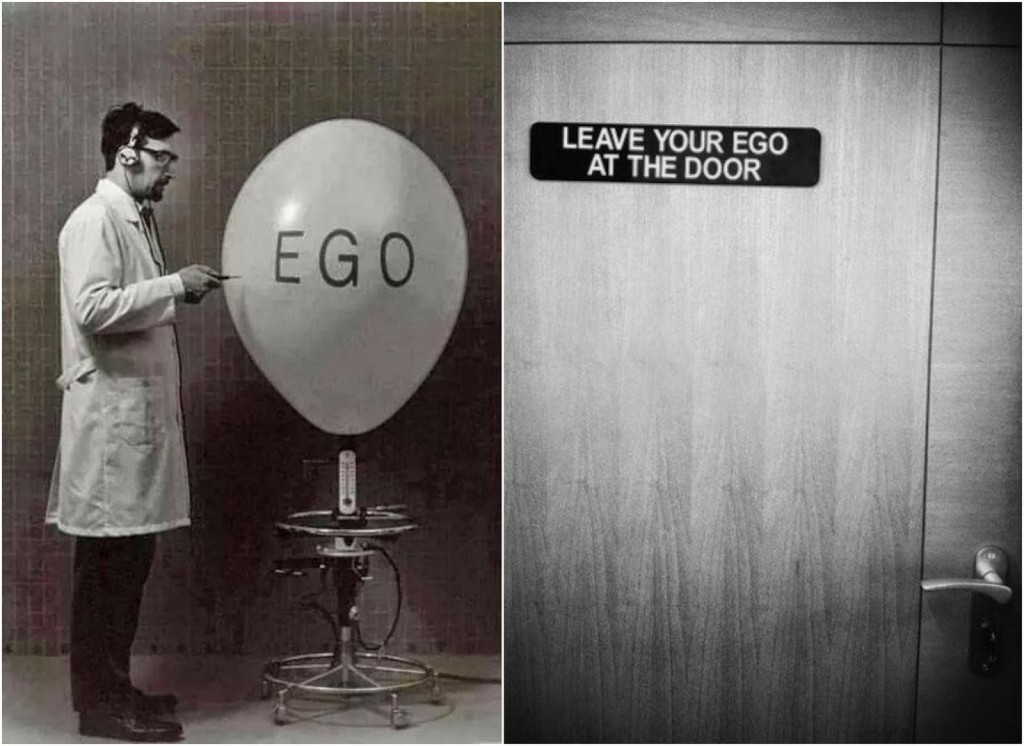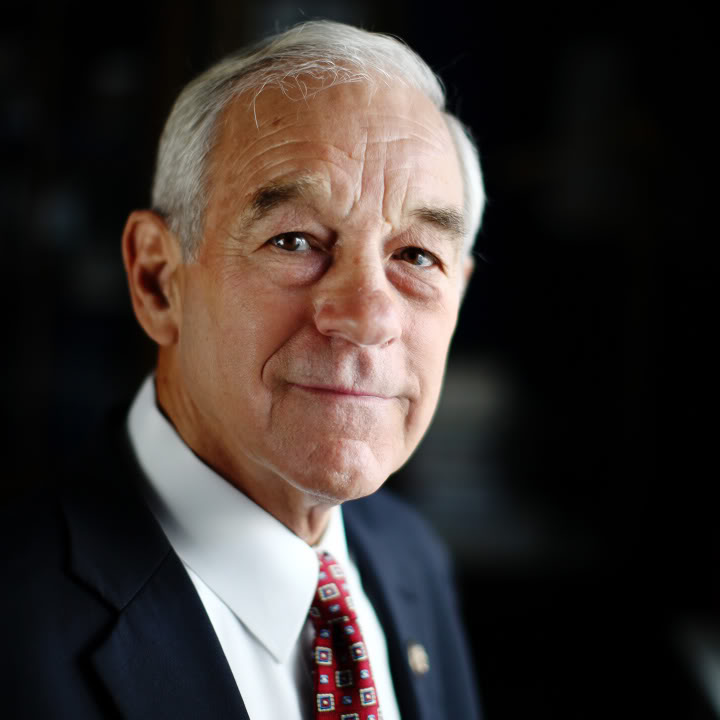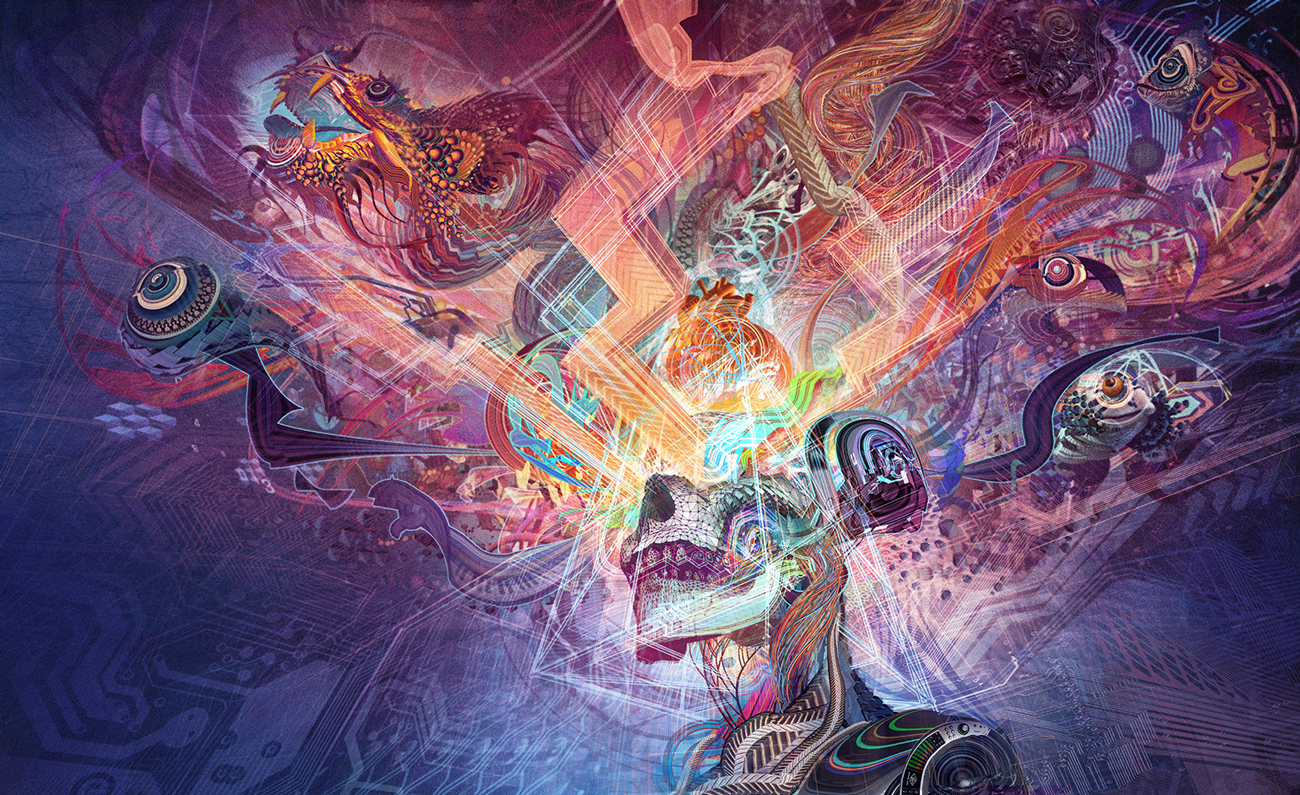It may be considered quite absurd to recall so often the facts of witchcraft, in the full light of the nineteenth century. But the century itself is getting old; and as it gradually approaches the fatal end, it seems as if it were falling into dotage; not only does it refuse to recollect how abundantly the facts of witchcraft were proven, but it refuses to realize what has been going on for the last thirty years, all over the wide world. After a lapse of several thousand years we may doubt the magic powers of the Thessalonian priests and their “sorceries,” as mentioned by Pliny; we may throw discredit upon the information given us by Suidas, who narrates Medea’s journey through the air, and thus forget that magic was the highest knowledge of natural philosophy; but how are we to dispose of the frequent occurrence of precisely such journeys “through the air” when they happen before our own eyes, and are corroborated by the testimony of hundreds of apparently sane persons? If the universality of a belief be a proof of its truth, few facts have been better established than that of sorcery. “Every people, from the rudest to the most refined, we may also add in every age, have believed in the kind of supernatural agency, which we understand by this term,” says Thomas Wright, the author of Sorcery and Magic, and a skeptical member of the National Institute of France. “It was founded on the equally extensive creed, that, besides our own visible existence, we live in an invisible world of spiritual beings, by which our actions and even our thoughts are often guided, and which have a certain degree of power over the elements and over the ordinary course of organic life.” Further, marvelling how this mysterious science flourished everywhere, and noticing several famous schools of magic in different parts of Europe, he explains the time-honored belief, and shows the difference between sorcery and magic as follows: “The magician differed from the witch in this, that, while the latter was an ignorant instrument in the hands of the demons, the former had become their master by the powerful intermediation of Science, which was only within reach of the few, and which these beings were unable to disobey.” This delineation, established and known since the days of Moses, the author gives as derived from “the most authentic sources.”
Page 367
If from this unbeliever we pass to the authority of an adept in that mysterious science, the anonymous author of Art-Magic, we find him stating the following: “The reader may inquire wherein consists the difference between a medium and a magician? . . . The medium is one through whose astral spirit other spirits can manifest, making their presence known by various kinds of phenomena. Whatever these consist in, the medium is only a passive agent in their hands. He can neither command their presence, nor will their absence; can never compel the performance of any special act, nor direct its nature. The magician, on the contrary, can summon and dismiss spirits at will; can perform many feats of occult power through his own spirit; can compel the presence and assistance of spirits of lower grades of being than himself, and effect transformations in the realm of nature upon animate and inanimate bodies.”
This learned author forgot to point out a marked distinction in mediumship, with which he must have been entirely familiar. Physical phenomena are the result of the manipulation of forces through the physical system of the medium, by the unseen intelligences, of whatever class. In a word, physical mediumship depends on a peculiar organization of the physical system; spiritual mediumship, which is accompanied by a display of subjective, intellectual phenomena, depends upon a like peculiar organization of the spiritual nature of the medium. As the potter from one lump of clay fashions a vessel of dishonor, and from another a vessel of honor, so, among physical mediums, the plastic astral spirit of one may be prepared for a certain class of objective phenomena, and that of another for a different one. Once so prepared, it appears difficult to alter the phase of mediumship, as when a bar of steel is forged into a certain shape, it cannot be used for any other than its original purpose without difficulty. As a rule, mediums who have been developed for one class of phenomena rarely change to another, but repeat the same performance ad infinitum.

Moe is the founder of GnosticWarrior.com. He is a father, husband, author, martial arts black belt, and an expert in Gnosticism, the occult, and esotericism.





![How the same holy man gave sight to the blind daughter of a tribune, and then coming to St. Alban, there received of his relics, and left other relics of the blessed Apostles and other martyrs [429 A.D.] | Book 1 | Chapter 17 How the same holy man gave sight to the blind daughter of a tribune, and then coming to St. Alban, there received of his relics, and left other relics of the blessed Apostles and other martyrs [429 A.D.] | Book 1 | Chapter 17](https://www.gnosticwarrior.com/wp-content/plugins/contextual-related-posts/default.png)